
5 Negara yang Kerap Menjadi Tujuan Untuk Operasi Plastik
5 Negara yang Kerap Menjadi Tujuan Untuk Operasi Plastik – Operasi Plastik merupakan salah satu

5 Negara yang Kerap Menjadi Tujuan Untuk Operasi Plastik – Operasi Plastik merupakan salah satu
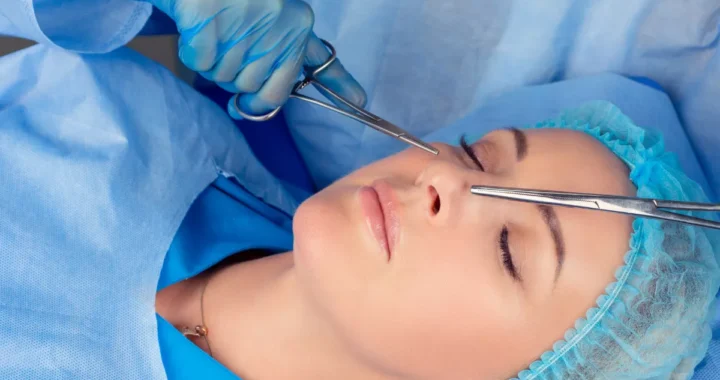
Pengertian Rhinoplasty: Fungsi, Jenis, dan Dampak Resikonya – Rhinoplasty adalah suatu prosedur bedah plastik yang
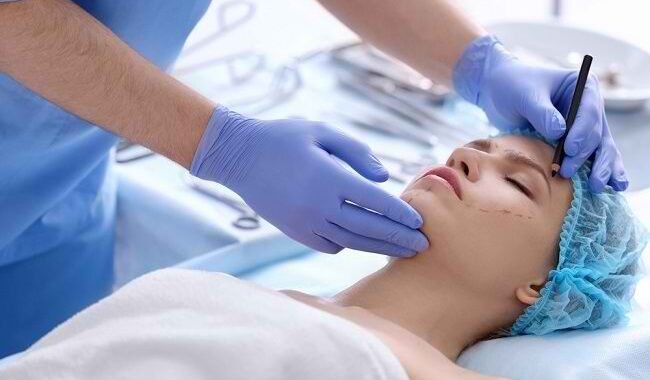
Tips Operasi Plastik: Manfaat Prosedur Jenis dan Resikonya. Operasi plastik atau dikenal sebagai bedah plastik
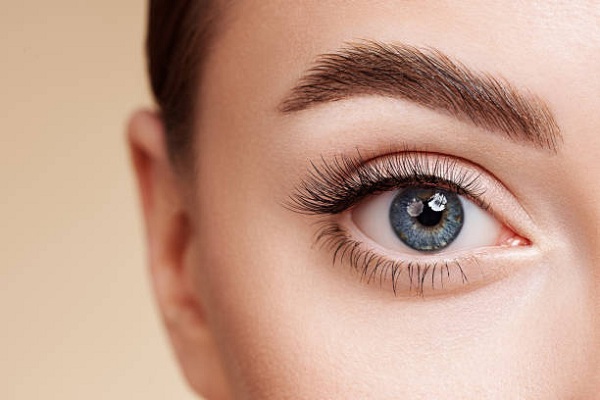
3 Panduan Blepharoplasty Dalam Operasi Kelopak Mata Ganda. Pahami terlebih dahulu panduan cara operasi Blepharoplasty
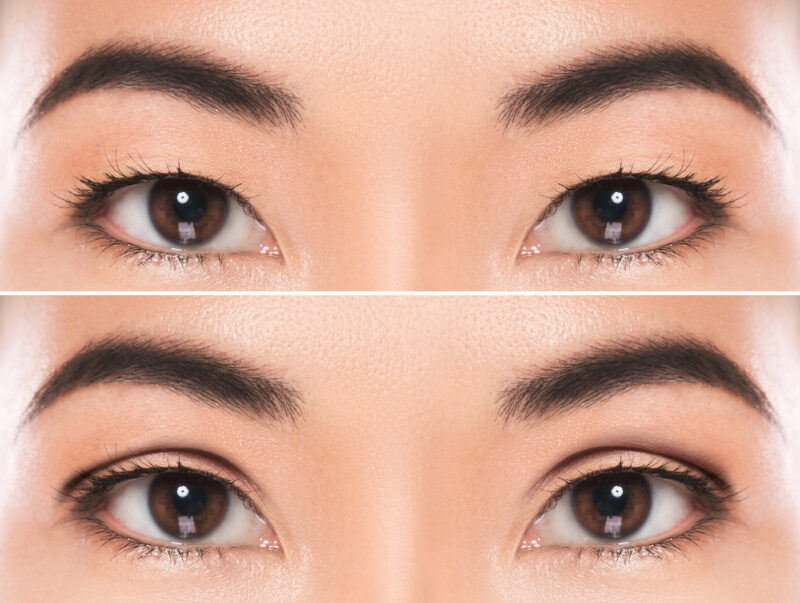
Ketahui Cara Operasi dalam Bidang Kelopak Mata Ganda. Prosedur dan cara operasi dalam bidang kelopak
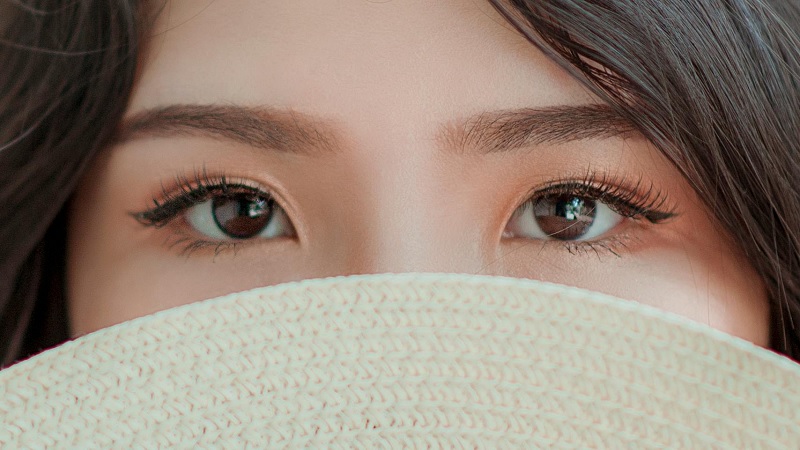
Panduan Cara Operasi Dalam Bidang Kelopak Mata Ganda merupakan salah satu tindakan operasi kecantikan untuk